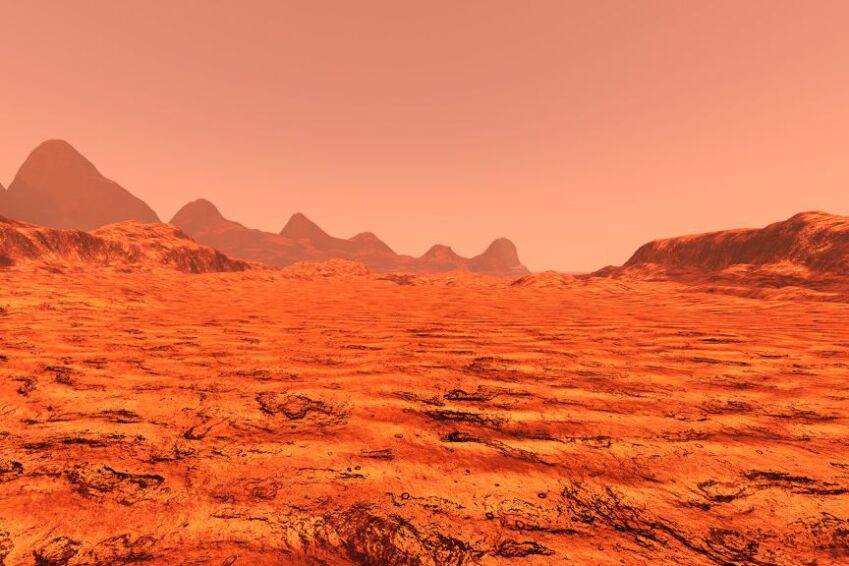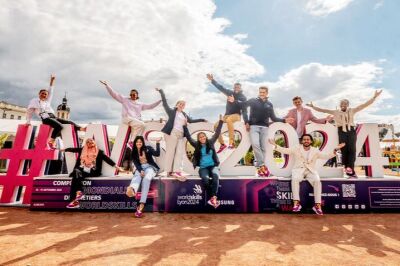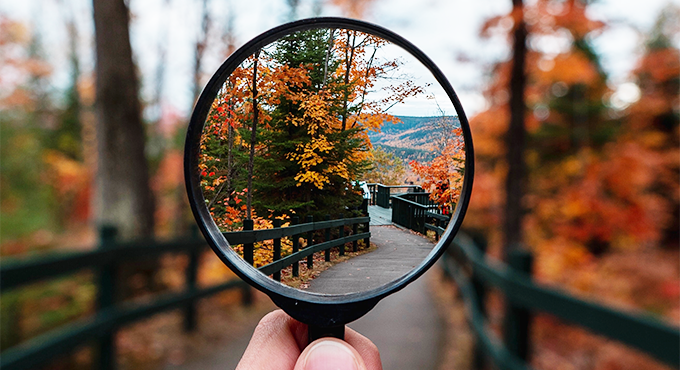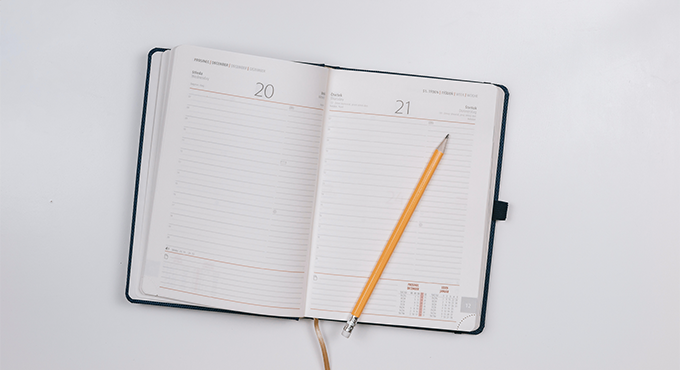 Notícias
Notícias 
Mars: Perseverance begins a new era of space conquest
The Perseverance rover landed on Mars on the evening of February 18 with the SuperCam on board, an analysis and research instrument of French origin. The measurement tool was developed in France by teams from the Research Institute of Astrophysics and Planetology (IRAP) in Toulouse on behalf of the National Centre for Space Studie (CNES), the CNRS and NASA.
The Perseverance rover landed on Mars on the evening of February 18 with the SuperCam on board, an analysis and research instrument of French origin. The measurement tool was developed in France by teams from the Research Institute of Astrophysics and Planetology (IRAP) in Toulouse on behalf of the National Centre for Space Studie (CNES), the CNRS and NASA.
“A new era of space conquest has opened”. This is what French President Emmanuel Macron said while attending the event live from the “Salle de l’Espace” (Space Hall) at CNES headquarters in Paris to hail the Martian landing of the Perseverance mission, launched in July 2020.
This mission is a continuation of the Rover Curiosity mission, and aims to carry out a more detailed exploration of the environment of the planet Mars thanks in particular to the SuperCam. The robot will decipher the planet’s geological history, search for traces of an ancient life form and prepare the field for future human exploration on Mars.
A French-Made Swiss Army Knife
SuperCam, one of the instruments used to probe the planet, is “the eyes and ears on Mars”, as the CNRS puts it! For the CNES, more pragmatically, “it’s a bit like the Swiss army knife of the mission’s scientists”.
While the core of its concept is to analyse the chemical composition of rocks, SuperCam uses no less than five different techniques: a device to “measure atomic composition”, two for “molecular measures”, an “imager” in colours to photograph the targets being analysed and the first “scientific microphone” to reach the surface of Mars. With such instruments on board, the CNES ensures that the SuperCam will be able to analyse the chemical composition of rocks “by shooting a laser at them” and study the chemistry and mineralogy of Mars or the composition of its atmosphere from a distance.
International and Shared Cooperation
The SuperCam is the result of cooperation both international and shared within the scientific and industrial community, which needed more than 300 scientists. The instrument was developed jointly by LANL (Los Alamos National Laboratory) in the United States and a consortium of French laboratories, with a contribution from the University of Valladolid (Spain). In France, the CNES, but also the CNRS (National Centre for Scientific Research) and its associated laboratories such as IRAP, as well as several universities and other public institutions, have contributed to the development of this instrument. Many industrial partners (such as Matra or Thales) also participated in the manufacturing of the SuperCam in France.
Results to come... in a few years!
In addition to chemical analysis, the aim of Perseverance is also to “collect, condition and store samples” that are intended to be sent back to the Earth. But as the operators specify, this will only be done as part of subsequent missions. For the CNES director, “the story has only just begun”, since the adventure should last the equivalent of 1.5 Martian year, which is about 1,000 Earth days! Not until the early 2030s will the Perseverance rover bring back samples to Earth. And according to the CNRS director, “the teams will now take turns exploring the Red Planet, the first link before the return of the samples planned for the 2030s”. So be patient!
To know more:
- The National Centre for Space Studies (CNES)
- The National Centre for Scientific Research (CNRS)
- The Research Institute of Astrophysics and Planetology (IRAP)
Photo credit: ©photosvac - stock.adobe.com





Comentários
Você precisa estar logado para deixar um comentário. Connectez-vous.